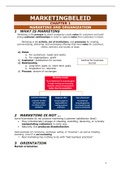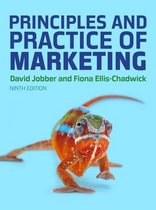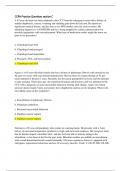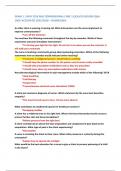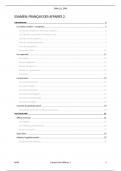Samenvatting
Samenvatting Marketingbeleid (boek + notities)
- Instelling
- Universiteit Antwerpen (UA)
In deze samenvatting van 80p zit alle leerstof voor het examen buiten de 'key terms' vermeld in het boek na elk hoofdstuk. Ook de notities van tijdens de lessen zijn verwerkt. Alle extra uitleg uit het boek is ook verwerkt in het document.
[Meer zien]
